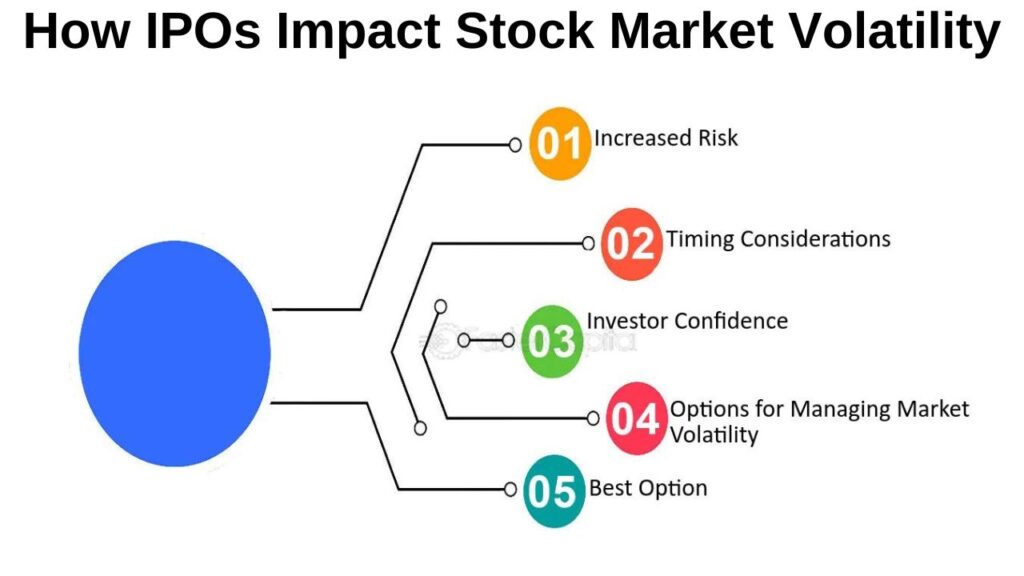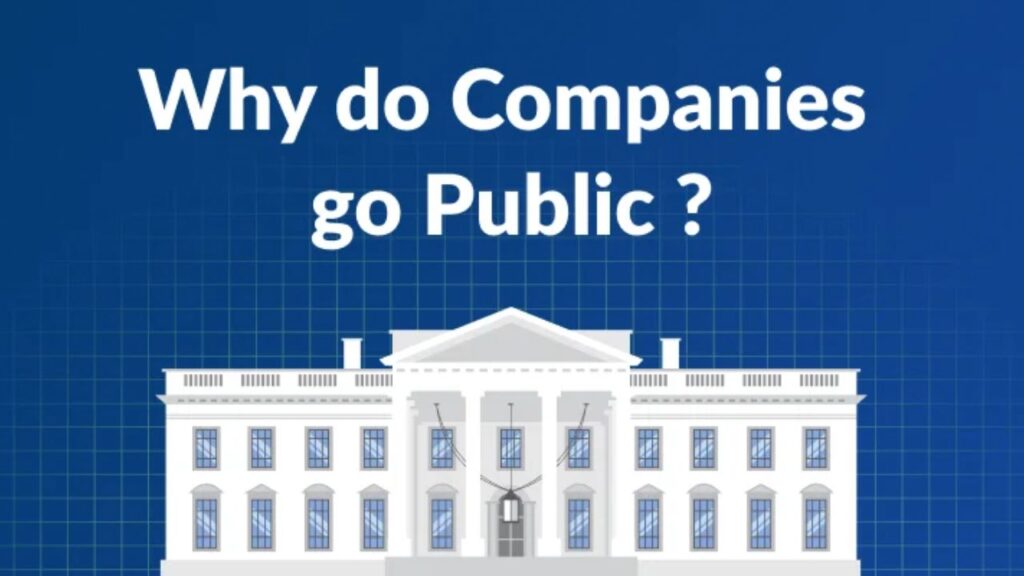1. Introduction to the World of Public Offerings
Capital markets thrive on the flow of funds through various financial instruments, and two critical mechanisms for companies to raise capital are Initial Public Offerings (IPOs) and Follow-on Public Offerings (FPOs). Understanding the difference between an IPO and an FPO is crucial for both budding investors and companies looking to expand their financial horizons.
2. Demystifying IPOs: What is an Initial Public Offering?
An IPO, or Initial Public Offering, is when a private company first sells its stock to the public. This process transforms a private company into a publicly traded one, listed on stock exchanges.
- Purpose: Primarily to raise capital for growth, debt repayment, or other corporate purposes.
- Process: Involves extensive legal and financial preparations, including regulatory filings with bodies like SEBI in India.
3. Exploring FPOs: The Follow-on Public Offering
A Follow-on Public Offering happens when a company already listed on a stock exchange issues additional shares. Unlike IPOs, FPOs are about expanding rather than starting public ownership.
- Reasons for FPOs: To raise more capital, increase liquidity, or adjust the company’s capital structure.
4. Key Differences Between IPO and FPO
Company Status
- IPO: A company’s debut on the stock market.
- FPO: An already public company issuing more shares.
Investment Risk
- IPO: Higher due to less known performance history.
- FPO: Generally perceived as lower risk, given the company’s established market presence.
Pricing Dynamics
- IPO: Often involves speculative pricing and may require a book-building process.
- FPO: Priced based on current market value, possibly with adjustments for discounts or premiums.
Regulation and Compliance
- IPO: Faces more scrutiny due to the transition to public status.
- FPO: While regulated, it may follow a more streamlined process.
Market Sentiment and Investment Strategy
- IPO: Often about betting on future growth, leading to high volatility.
- FPO: Might attract investors looking for a safer, established investment.
SEO Keywords: IPO vs FPO, Stock Market Offerings, IPO Process, FPO Process
5. Market Insights: Performance and Sentiment
Recent IPOs and FPOs have shown varying performance metrics:
- IPO: High initial interest, often reflected in strong subscription rates and Grey Market Premiums (GMP).
- FPO: Generally less speculative, but still significant based on the company’s track record and market sentiment.
6. Considerations for Investors
- When to Invest: IPOs for potential high returns or significant growth; FPOs for more stable investments.
- Risk Assessment: Always consider market conditions, sector performance, and company-specific growth prospects.
7. Real-World Examples: Case Studies
Analyzing recent offerings like Subam Papers Limited IPO or hypothetical examples like HVAX Technologies Limited FPO can provide insights into how these offerings perform post-listing.
8. Regulatory Environment and Market Trends
- Regulations: SEBI guidelines significantly influence how IPOs and FPOs are conducted in India.
- Trends: Increasing investor sophistication, with a noticeable trend towards cautious or speculative investment in IPOs.
9. Conclusion: Making Informed Investment Decisions
Recapping, understanding the nuances between IPOs and FPOs equips investors with knowledge to navigate the stock market effectively, making decisions based on company potential and market timing.
10. FAQs
- What is the main difference between IPO and FPO? – An IPO is a company’s first sale of stock to the public, whereas an FPO is an additional issuance by an already publicly traded company.
- Are IPOs riskier than FPOs? – Generally, yes, due to the lack of market history and the more speculative nature of IPOs.
11. Call to Action
Stay informed, keep researching, and consider your investment goals carefully when diving into IPOs or FPOs. For more detailed analyses or to share your own insights, join the conversation on platforms like X or financial forums.
Why Companies Opt for FPO After an IPO: A Strategic Overview
1. Introduction In the world of public markets, Initial Public Offerings (IPOs) and Follow-on Public…
The Ultimate Guide to Understanding IPO vs. FPO: Differences, Benefits, and Risks
1. Introduction to the World of Public Offerings Capital markets thrive on the flow of…
How Book-Building IPOs Work: A Comprehensive Guide
Investor Perspectives on Book-Building IPOs Retail vs. Institutional Investors: In the book-building process, institutional investors…
Understanding Fixed Price IPOs: A Comprehensive Guide
Introduction: What is a Fixed Price IPO? A Fixed Price Initial Public Offering (IPO) is…
Mastering IPO Terminology: A Comprehensive Guide for Investors
Introduction Navigating the world of Initial Public Offerings (IPOs) can be daunting, especially with the…
How IPOs Impact Stock Market Volatility
Introduction: The financial markets are a complex ecosystem, where Initial Public Offerings (IPOs) play a…






